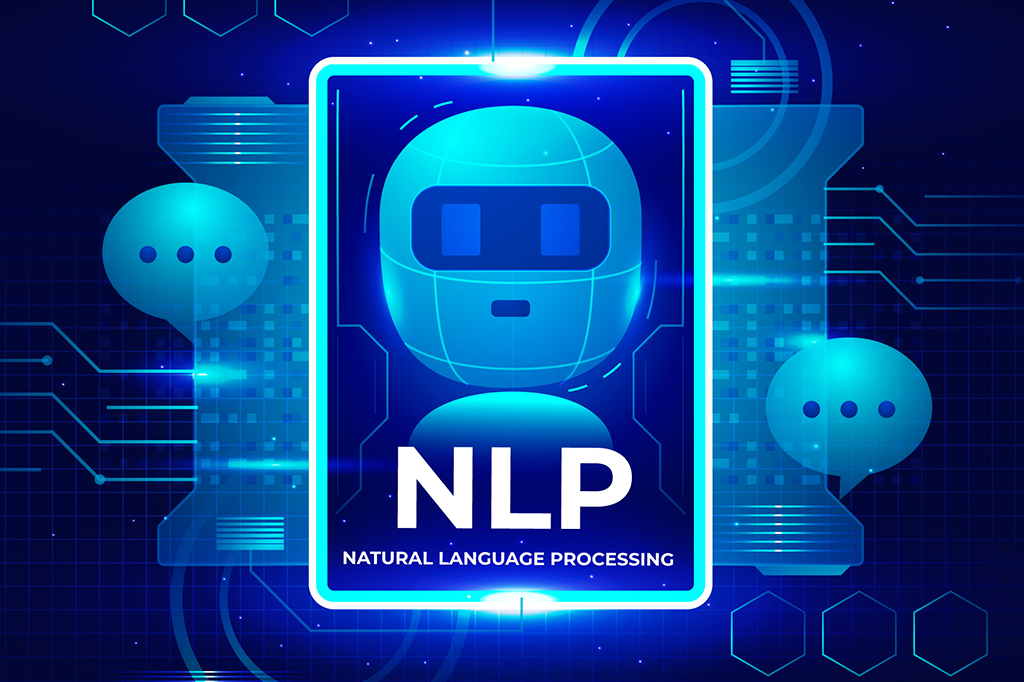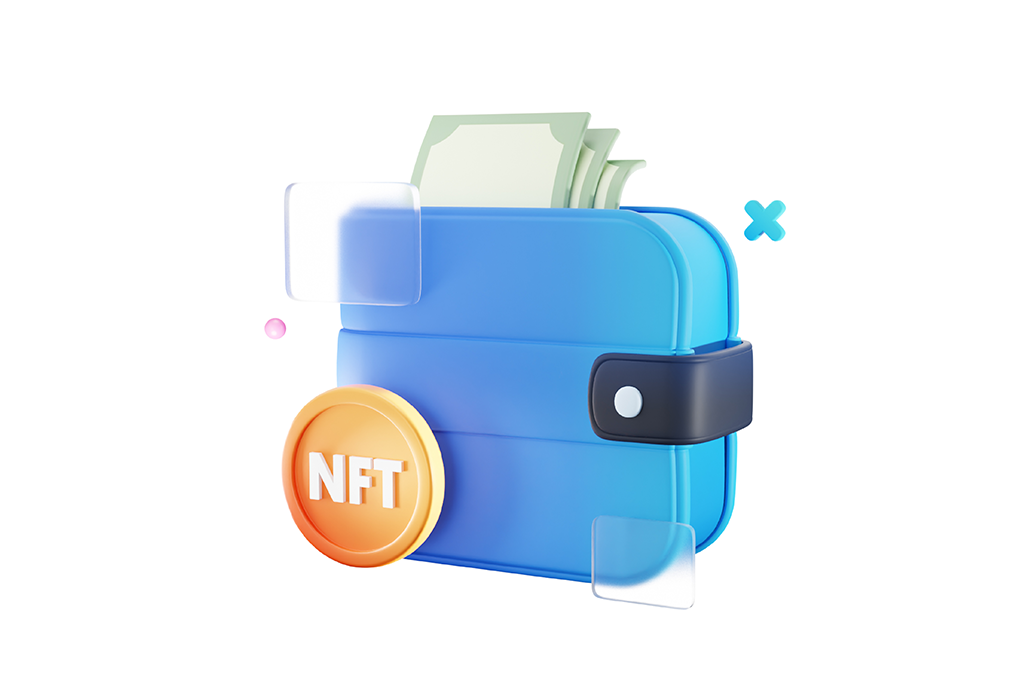
What is NLP?
Natural Language Processing (NLP) is a key branch of artificial intelligence that enables machines to understand and interpret human language. Its development has advanced considerably, moving from simple approaches to complex techniques based on machine learning and deep learning. These improvements have significantly expanded the capabilities of NLP, making it more efficient and versatile.
The practical applications of NLP are varied. It is used in digital assistants like Siri or Alexa, as well as in generative language models like ChatGPT, all designed to understand and respond to questions in natural language. NLP is also employed in customer service systems to provide automated responses, in programs that translate texts between different languages, and in sentiment analysis to evaluate opinions and emotions in texts, such as product reviews or social media posts.
NLP is based on two key processes: syntactic analysis and semantic analysis. Syntactic analysis focuses on the grammatical structure of sentences, while semantic analysis seeks to understand the meaning behind words. Both are fundamental for machines to process and respond correctly to human language.
With the continuous advances in artificial intelligence, NLP is constantly evolving, opening new possibilities for its application in various fields. These developments not only improve the ability of machines to understand and process human language but also facilitate interaction between humans and technology, making the latter more accessible and useful in our daily lives.
Prebuilt NLP Solutions
For simple and effective implementation of Natural Language Processing (NLP), an excellent option is to turn to prebuilt NLP solutions, like the APIs provided by leading technology companies. For example, Google Cloud Natural Language API, Amazon Comprehend, IBM Watson NLP, and Microsoft Azure Text Analytics are some of the most popular options. These solutions are designed to be easily integrated into applications without requiring advanced knowledge in NLP or complex programming. Typically, these APIs allow developers to add NLP capabilities to their applications with just a few lines of code.
Prebuilt NLP APIs offer a variety of functionalities, such as sentiment analysis, entity extraction, speech recognition, and automatic translation. These capabilities are constantly updated and improved, thanks to the support of leading companies in the sector. Additionally, being hosted in the cloud allows them to handle large volumes of data and requests, ensuring scalability and performance for applications of any size. Regarding cost, these APIs generally operate with usage-based pricing models, allowing users to pay only for what they need and use, making these solutions accessible and adjustable to a wide range of budgets and business needs.
Implementation
To illustrate practically and tangibly how Natural Language Processing (NLP) technologies can be used, let’s take home automation as an example. Home automation, which involves the intelligent control and automation of homes, offers an ideal scenario to demonstrate how NLP tools can interpret and process verbal commands and convert them into specific actions within a house.
You start by selecting a suitable API for the task; for instance, in a home automation system, you could use Google Cloud Speech-to-Text API to convert voice commands into text. This API takes an audio file or voice stream as input and returns the corresponding text. Once you have the text, you can use another API, such as Google Natural Language, to analyze the command. If the command is “turn on the lights,” the API analyzes this text and returns tags identifying the action (“turn on”) and the object involved (“lights”).
The key here is how you formulate the request to the API. When configuring your request, you specify what kind of analysis you want to perform. For example, if you are interested in identifying actions and objects, you will configure the request for syntax and entity analysis. The API will process the text based on this configuration and return the relevant information. Once you have this information, you integrate it with your home automation system, which will interpret the action and object tags and execute the corresponding command, such as turning on a specific set of lights.
At QualitApps, we develop artificial intelligence applications that use Natural Language Processing (NLP), employing readily available and accessible NLP solutions. This allows us to offer advanced and customized NLP applications while keeping costs low for our clients.





